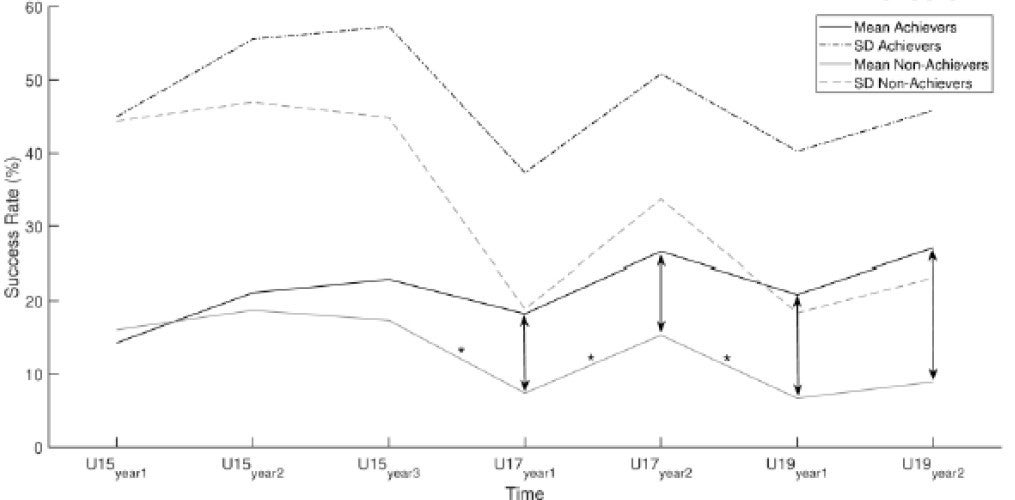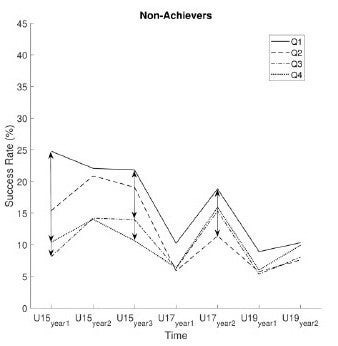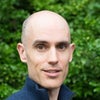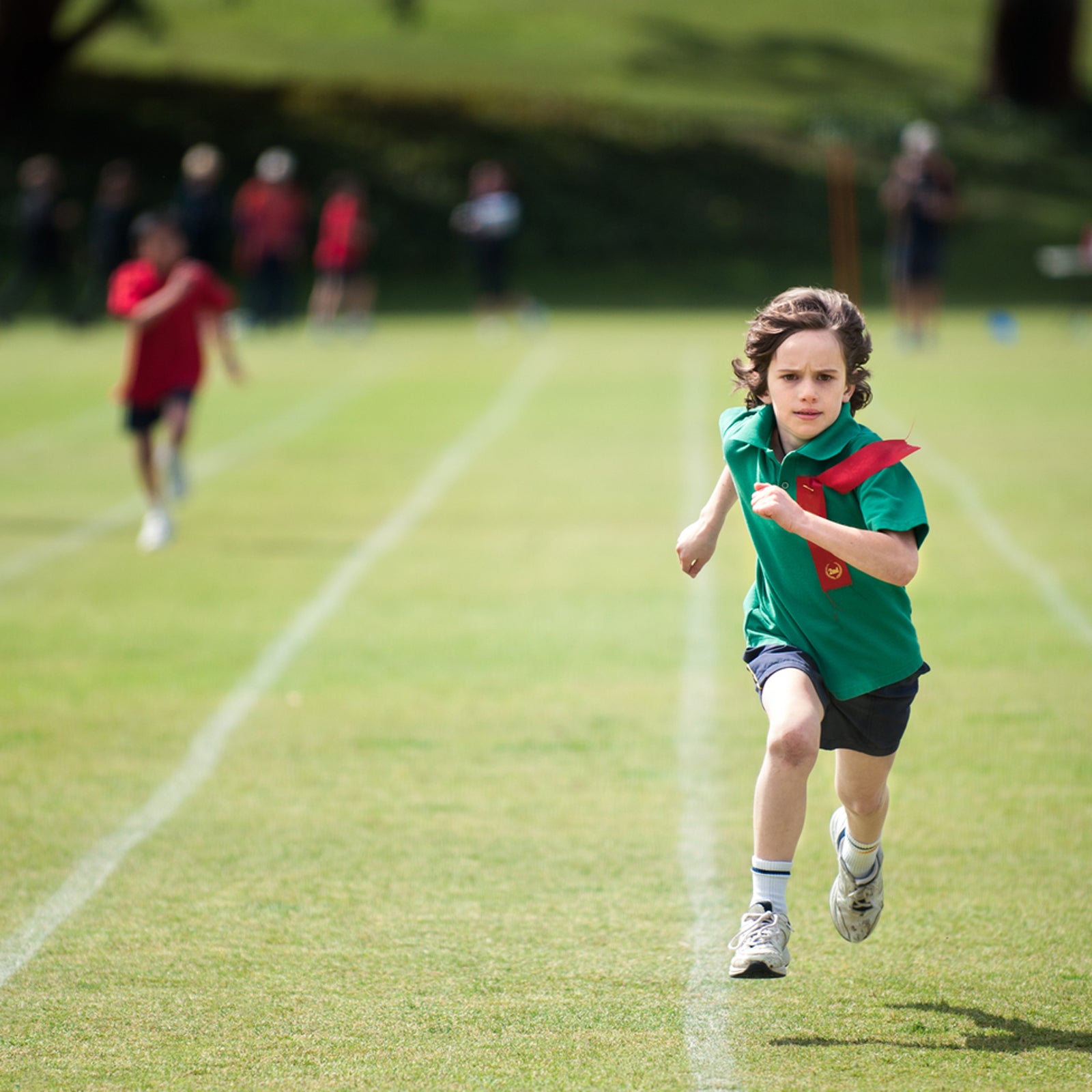A few weeks ago, I wrote about an attempt to use DNA testing to retroactively predict athletic success. It failed miserably, and I rehashed a great line from sports scientist Carl Foster, as told to David Epstein in : “If you want to know if your kid is going to be fast, the best genetic test right now is a stopwatch. Take him to the playground and have him face the other kids.”
That seems like solid, common-sense advice—but it’s not actually science. In fact, the accuracy of the stopwatch as a predictor of future athletic greatness has been a topic of great debate over the past few decades, wrapped into larger discussions about the nature of talent, the , and the benefits and pitfalls of early specialization. So it seems timely to take a look at of Belgian cyclists that tests the proposition that how a kid does when he “faces the other kids” is a good indicator of championship potential.
The study appears in the European Journal of Sport Science, led by Mireille Mostaert of Ghent University. Mostaert and her colleagues combed through the records from national and provincial cycling championships in Belgium at three age levels: under-15, under-17, and under-19. They identified 307 male cyclists born between 1990 and 1993 who had competed in all three age groups and recorded at least one top-ten championship finish. Of these 307 cyclists, 32 went on to have successful professional careers, competing for at least four years at the Continental level or higher.
The main research question is straightforward: did the eventual pros dominate in the youth ranks? The main measure of success they used was the percentage of races started in which the athlete finished in the top ten. The graph below shows the success rate for the “achievers” (who became successful pros) and the “non-achievers” (everyone else), from age 12 to 18. The solid lines are average results for each group; the dashed lines show the standard deviation.

For the three years of U15 competition, there’s no significant difference between the eventual pros and non-pros. A difference starts to emerge in the U17 category, and it gets bigger in the U19 category. It’s not surprising that the older you get, the more predictive value your race results have. But it is interesting that U15 results have essentially no predictive value, a finding that’s broadly consistent with other research, although it varies from sport to sport.
You can see some ups and downs in the trendlines. When the athletes move up to a new age group, for example as 15-year-olds in the U17 category, their success rate drops. Then it increases again once they’re a year older but still in the same category. This is, once again, not surprising, but it’s a reminder that subtle differences in age matter when you’re comparing young people who haven’t reached physical maturity.
In fact, the differences within a birth year can be significant, a called the relative age effect. Mostaert and her colleague divided the athletes up into four groups based on birth month and plotted the results again. Here’s what that looked like for the eventual non-pros:

In the youngest age group, those born in the first quarter of the year far outperformed those born in the third or fourth quarter. But the differences fade away in the U17 and U19 categories. (There’s a similar pattern in the eventual pros, but the sample is too small to get a meaningful picture once you split the group in four.) This provides more evidence that race results in the U15 category reflect less interesting factors like month of birth rather than ultimate future potential.
I think it’s fair to say that Carl Foster is still right that the stopwatch (or its equivalent in other sports) is the best test of future potential we’ve got. But what these results reinforce is that even the stopwatch isn’t great. By the age of 18, even the future pros were still only managing top-ten finishes against their local peers 27 percent of the time. If you’re trying to pick future stars from among a crop of 18-year-olds, even relying on the very best science available, you’re inevitably going to pick some duds—and, perhaps more significantly, miss some athletes with the potential to develop into world-beaters.
The implications of all this for talent identification and development are complex and nuanced. (For a good overview, check out Ross Tucker’s on the topic.) On the surface, the lesson you might extract is that it’s pointless to try identifying talent before the age of 15 (or whatever threshold applies in the sport or activity you’re dealing with). In reality, the incentives aren’t so straightforward. For example, if you don’t identify the most (seemingly) talented 14-year-olds and name them to a select squad and give them top coaching and a fancy uniform and so on, another team—or another sport—will.
So you end up with a system that everyone knows is flawed but feels compelled to use anyway. It’s reminiscent of an anecdote told by Nobel Prize-winning economist Kenneth Arrow, who worked as a statistician in the military’s Weather Division during World War II. He determined that the long-range forecasts they produced were no better than numbers pulled from a hat—but when he suggested they should stop, the he got was “The Commanding General is well aware that the forecasts are no good. However, he needs them for planning purposes.”
We’ll inevitably keep trying to forecast which kid will be a star—for planning purposes, of course. And the stopwatch is as good a tool as we’ve got, certainly much better than a DNA test. But the most important lesson to remember is that the kids who don’t look like world-beaters at 14, or 16, or even 18, may still get there. Keep as many kids as you can involved in the sport, well-coached, and motivated to discover their own limits, and you never know how the story will end.
For more Sweat Science, join me on and , sign up for the , and check out my book .


